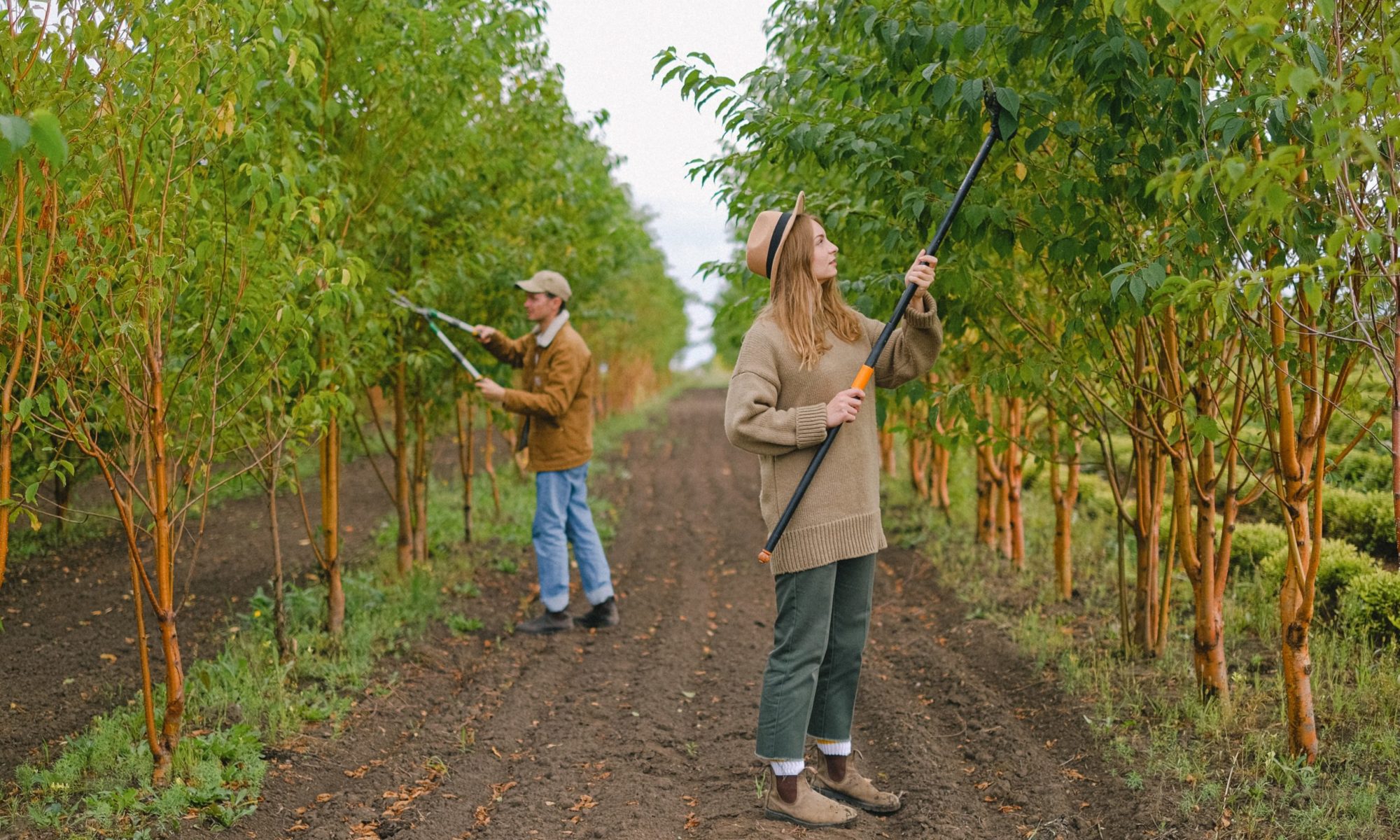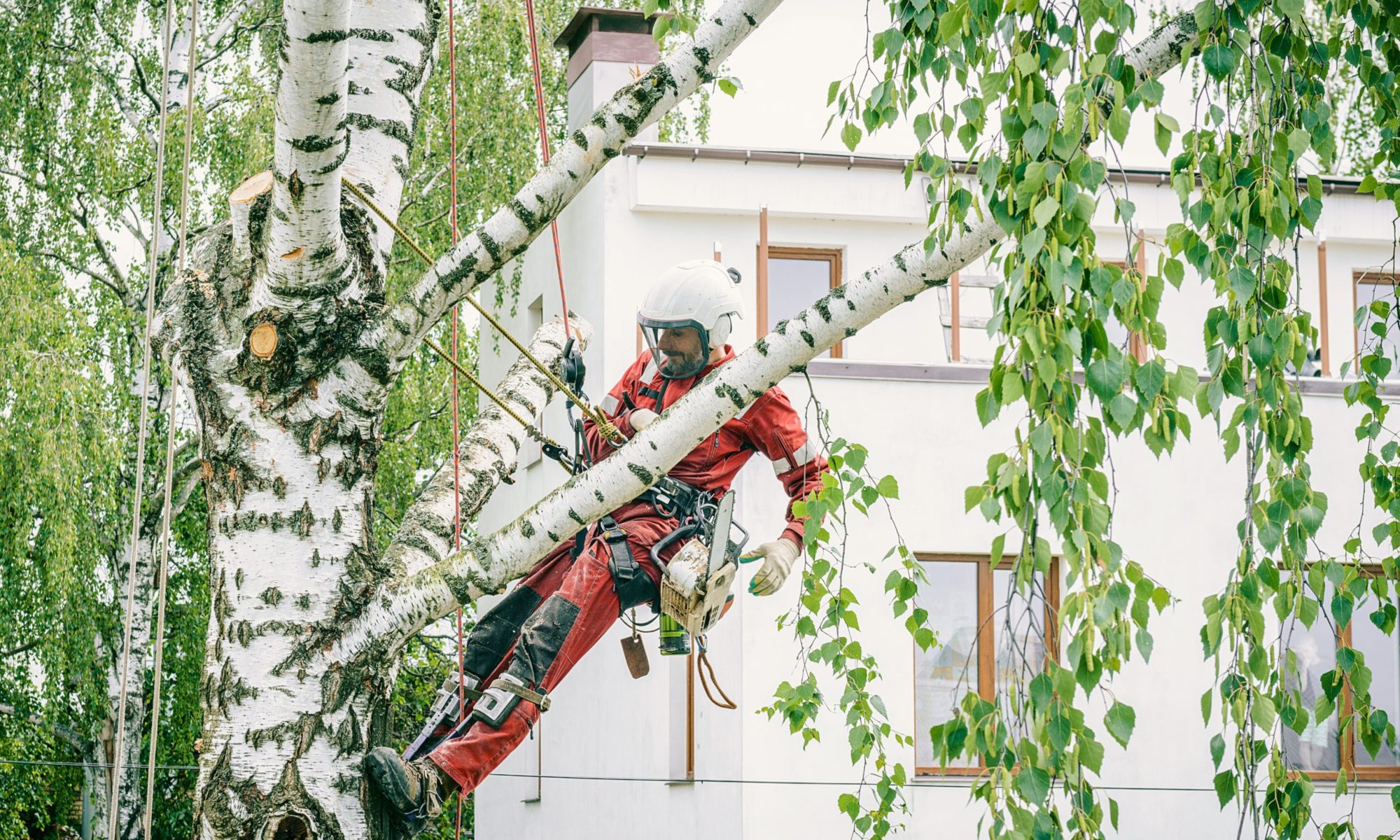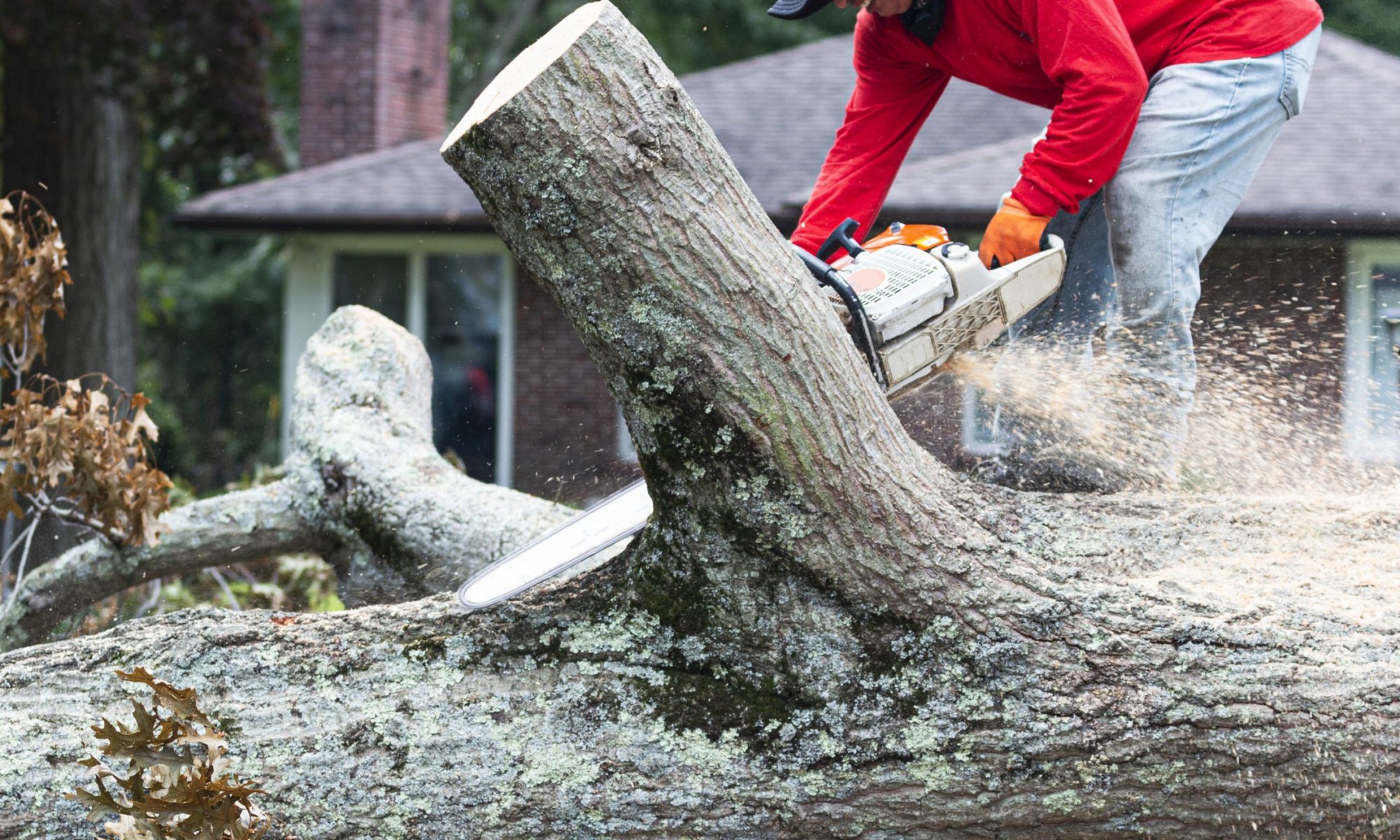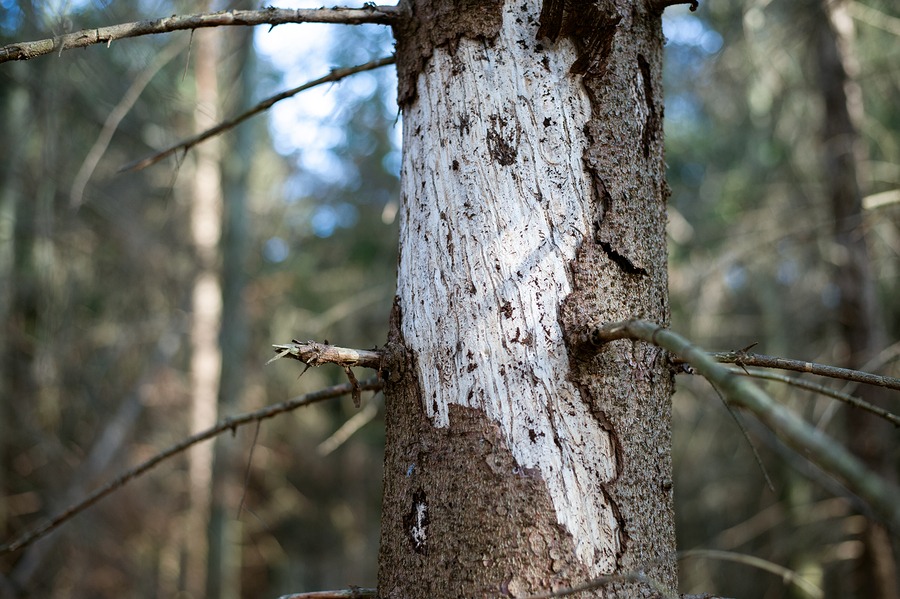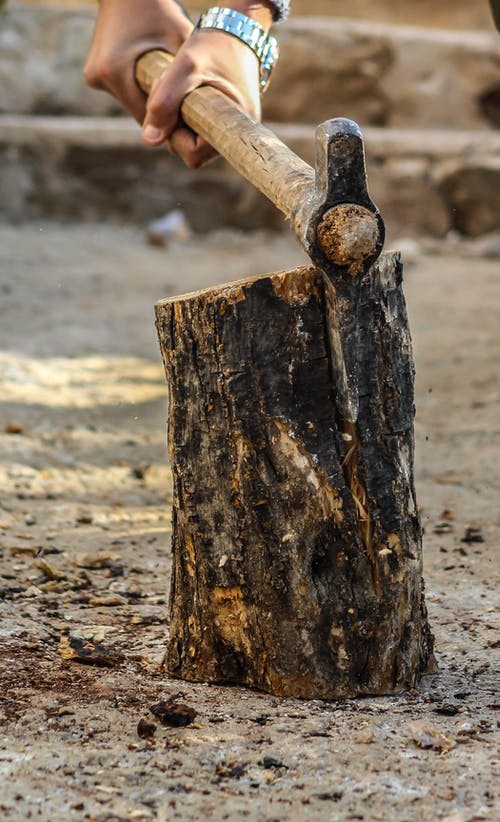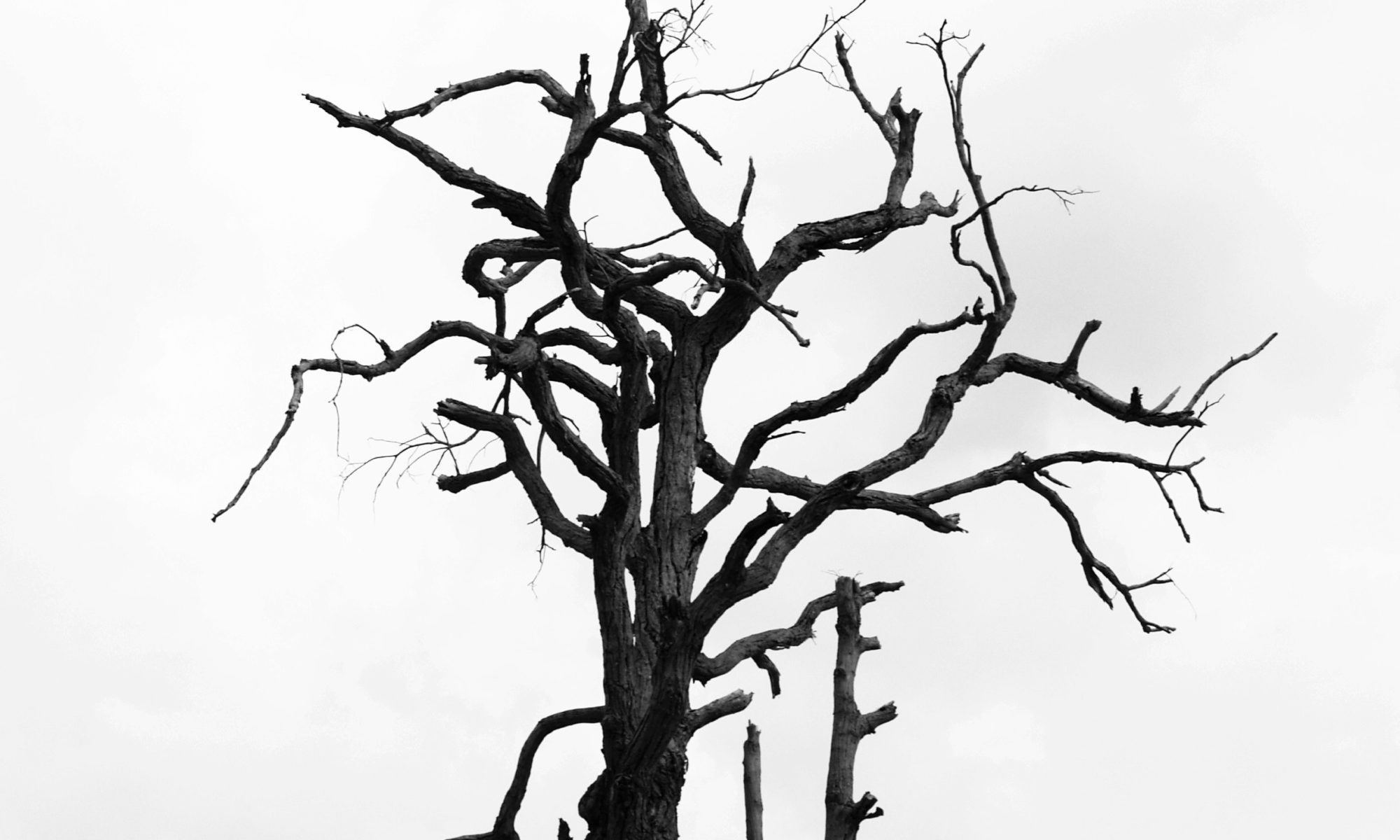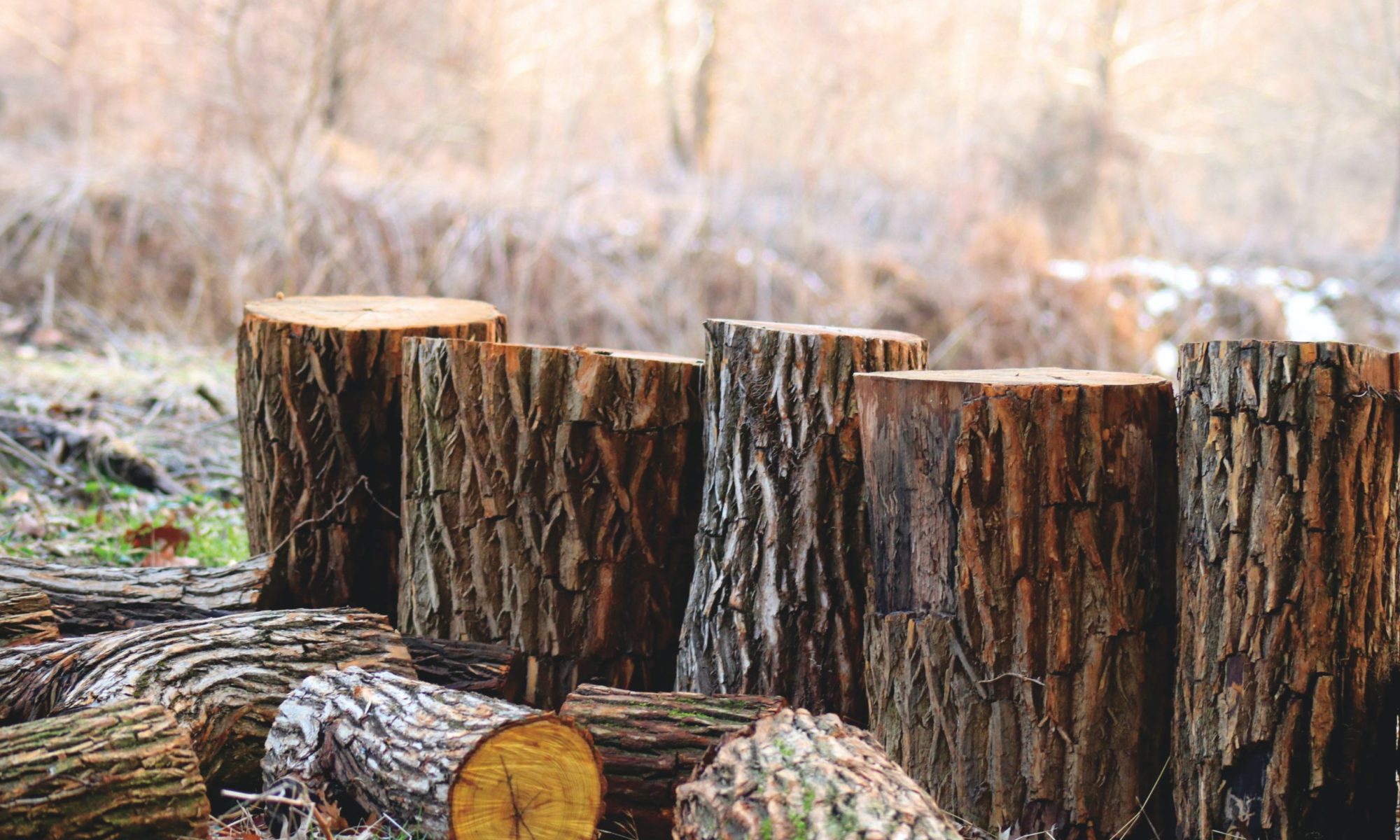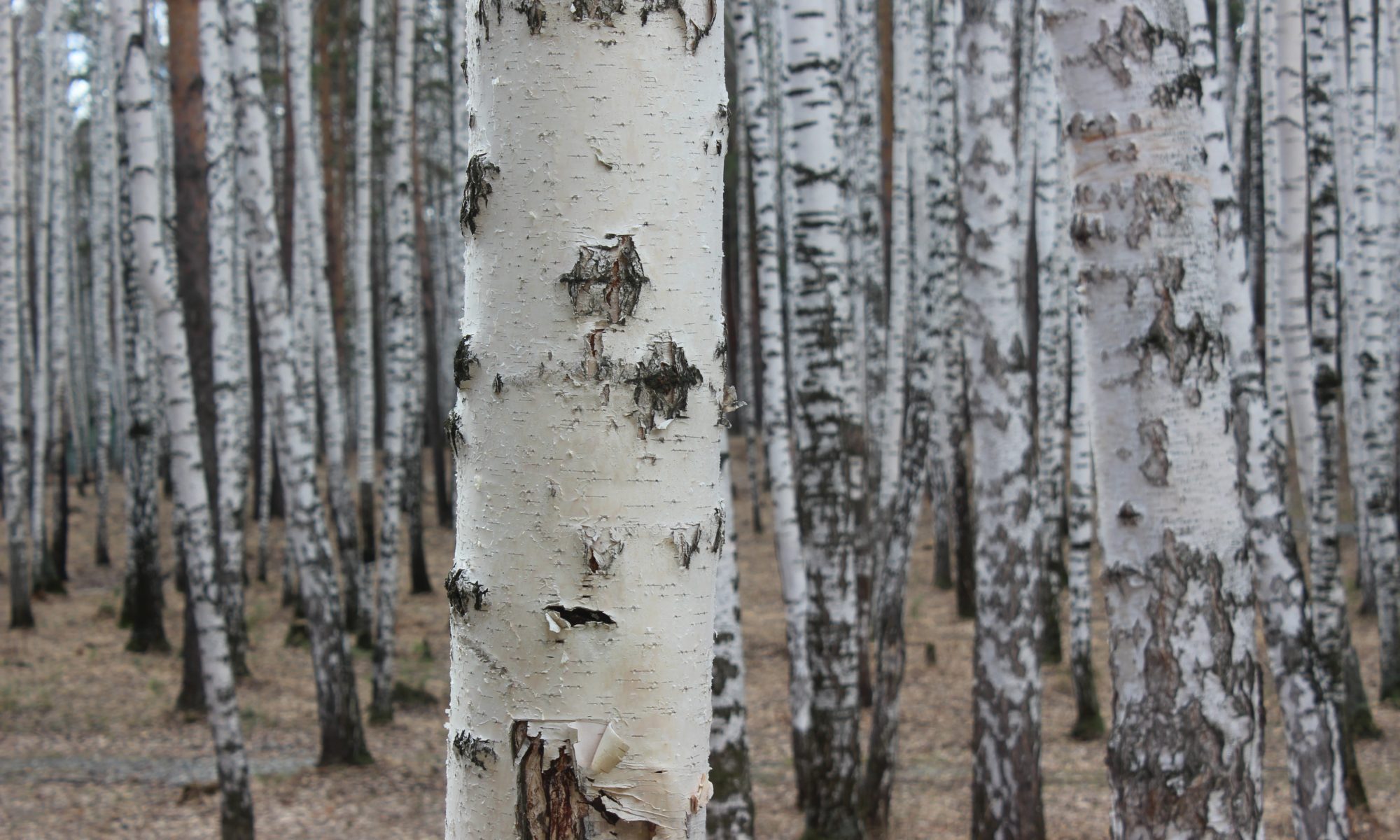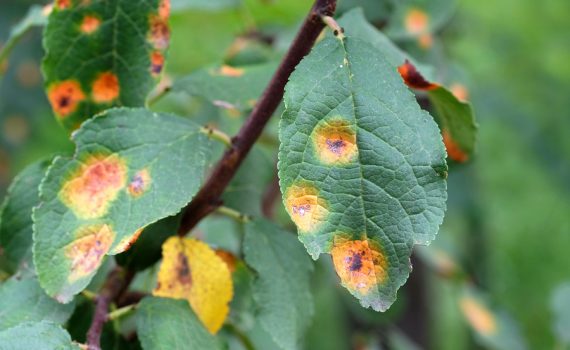In the heart of the winter months, Bay Area residents may worry about their trees and how they will survive. With strong winter winds and heavy rain in this region throughout the season, many trees have fallen — some likely made more vulnerable, experts say, by extreme drought conditions. For those of you living in Berkeley who are wondering if your tree is going to make it through these harsh winters, take a look at our affordable Berkeley tree services!
Droughts Make Trees Vulnerable
California has struggled with droughts for two hundred years, but the 2011 – 2017 drought marked the driest period in all of California’s recorded history. 102 million trees died from that drought alone – the total numbers are even more grim.
“Since 2010, an estimated 150 million trees have died in California’s national forests due to conditions caused by climate change,” including unprecedented drought, according to the U.S. Forest Service.
Going into 2022, experts are not optimistic about the drought conditions in California and what that means for our trees.
Effects of Drought on Trees
When the soil becomes so dry that a tree’s roots can no longer absorb moisture, this is considered a drought. If these conditions persist, the tree’s smaller, hair-like roots will begin to die. Over time, the larger roots will die too. Root loss is very stressful for a tree and increases its susceptibility to a number of insects and diseases.
When a storm occurs, a drought-weakened tree is much more likely to fall over or drop limbs. Winds can easily topple a tree that has lost its anchor in the soil, and heavy wind and rain can strain the branches that are already struggling. More effects of drought on trees include:
- Dead wood
- Insect infestations
- Bark splitting and cracking
- Cankers
- Wilting leaves
- Sudden branch drop syndrome
What Can You Do?
If you’re noticing any dead or dying branches on your trees, it’s best to get them trimmed by a certified arborist. Make sure you stake your trees down properly in the case of high winds, and water them deeply and regularly if you’re in an area that’s been experiencing drought conditions. Also, if you’re planning on cutting down any trees, it’s best to get them removed by a professional.
Affordable Berkeley Tree Services
If you’re living in Berkeley, CA and need some affordable tree services to help keep your trees healthy this winter, look no further than Sexy Trees! Our team of certified arborists are here to help with all your tree care needs.
With the recent extreme drought conditions, it is important to take good care of your trees heading into winter. If you are wondering whether or not your tree will make it this season, rest easy: there’s always our Berkeley tree removal services! Our affordable rates and expert arborists come equipped with all of the tools necessary for proper tree care.
 Bringing Sexy Back Into Your Yards
Bringing Sexy Back Into Your Yards 
